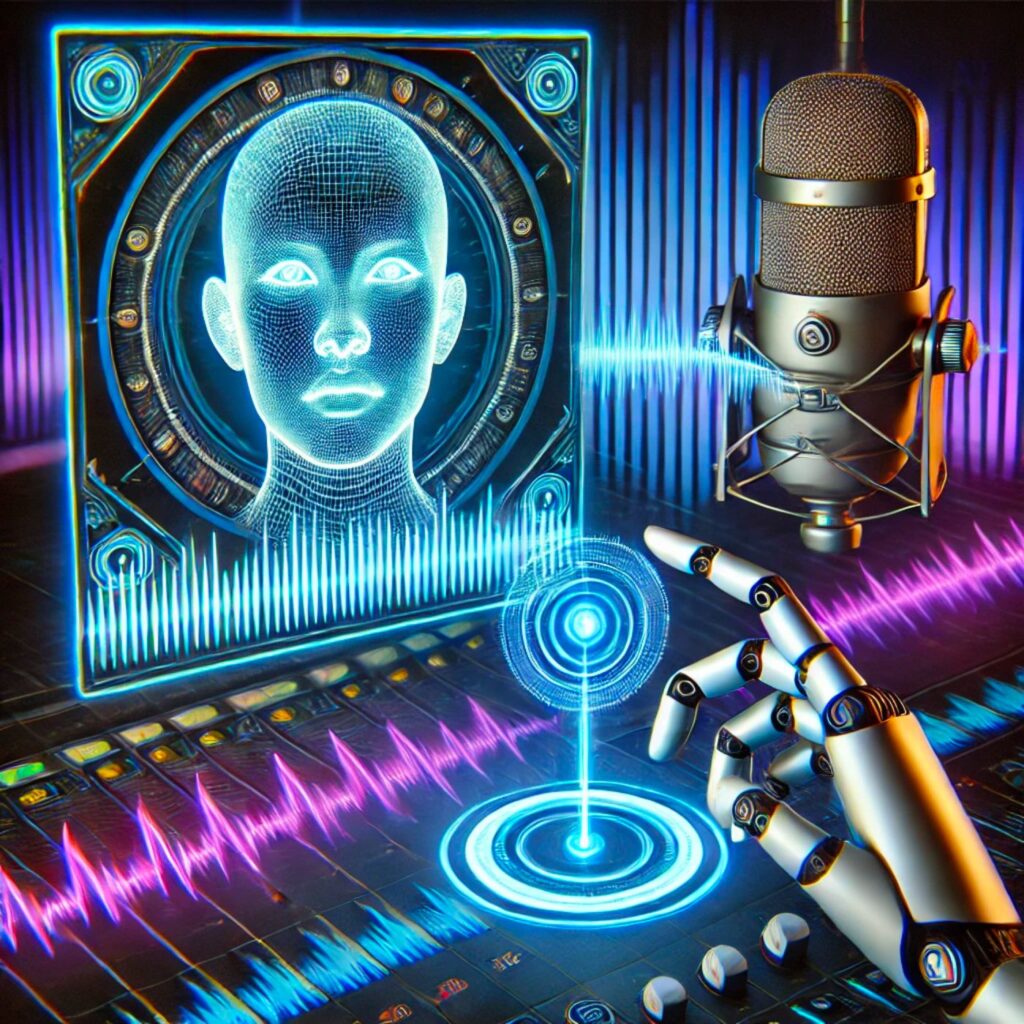How to Make a Song with Another Artist’s Voice Using AI

The rise of artificial intelligence has transformed the music industry, making it easier than ever to create songs using AI-generated voices. Whether you want to replicate the voice of a famous artist or experiment with AI-generated vocals, technology now offers a way to do it effortlessly. In this blog, we’ll walk you through the steps to create a song using AI voice cloning.
1. Choose an AI Voice Cloning Tool
Several AI platforms allow you to synthesize or clone voices. Here are some of the best tools for AI-generated vocals:
Voicify AI (voicify.ai) – AI-powered voice models of various artists.
Uberduck AI (uberduck.ai) – Generate AI vocals in different voices.
Kits AI (kits.ai) – AI-driven voice synthesis for musicians.
Voicemod AI (voicemod.net) – Real-time voice transformation.
These platforms allow you to generate singing or speaking voices using text or audio input.
2. Upload or Generate Lyrics & Melody
Before creating AI vocals, you need lyrics and a melody. You can:
Write your lyrics manually or use an AI lyrics generator (like ChatGPT or These Lyrics Do Not Exist).
Use a MIDI generator or AI music tools like Soundraw to create instrumental tracks.
If you want to replicate an artist’s style, study their lyrics, flow, and vocal delivery.
3. Convert Lyrics into AI Vocals
Once you have your lyrics, the next step is to turn them into AI-generated vocals:
Input the lyrics into the AI tool and select the artist’s voice model.
Adjust pitch, tone, and speed to make the AI voice sound more natural.
Export the vocals as an audio file (usually WAV or MP3).
Some AI tools also allow you to upload a melody, and the AI will sing the lyrics accordingly.
4. Mix & Master the AI Vocals
To achieve a professional sound, you need to mix and master your AI vocals. Follow these steps:
Import the AI-generated vocals into a Digital Audio Workstation (DAW) such as FL Studio, Ableton, or BandLab.
Use effects like reverb, EQ, and compression to enhance the AI vocals.
Blend the vocals with the instrumental track for a balanced sound.
Use AI mastering tools like LANDR, CloudBounce, or eMastered to finalize your track.
5. Export & Share Your AI-Generated Song
Once your song is complete:
Export it in a high-quality audio format (WAV or MP3).
Upload it to platforms like YouTube, SoundCloud, or Spotify.
Share it on social media to get feedback and grow your audience.
Legal & Ethical Considerations
While AI voice cloning is a powerful tool, there are legal and ethical concerns to consider:
Copyright Laws: Using an artist’s voice without permission for commercial purposes could result in legal action.
Fair Use: AI-generated voices may be used for parody or personal projects, but monetization may require rights clearance.
Ethical Use: Always respect an artist’s legacy and intellectual property when using AI voice models.
AI technology has made it easier than ever to create music using synthesized artist voices. Whether you’re making covers, remixes, or original compositions, these AI tools can help you craft unique songs. However, always consider the legal implications before distributing AI-generated tracks commercially.
Have you tried AI voice cloning? Share your experience in the comments!
